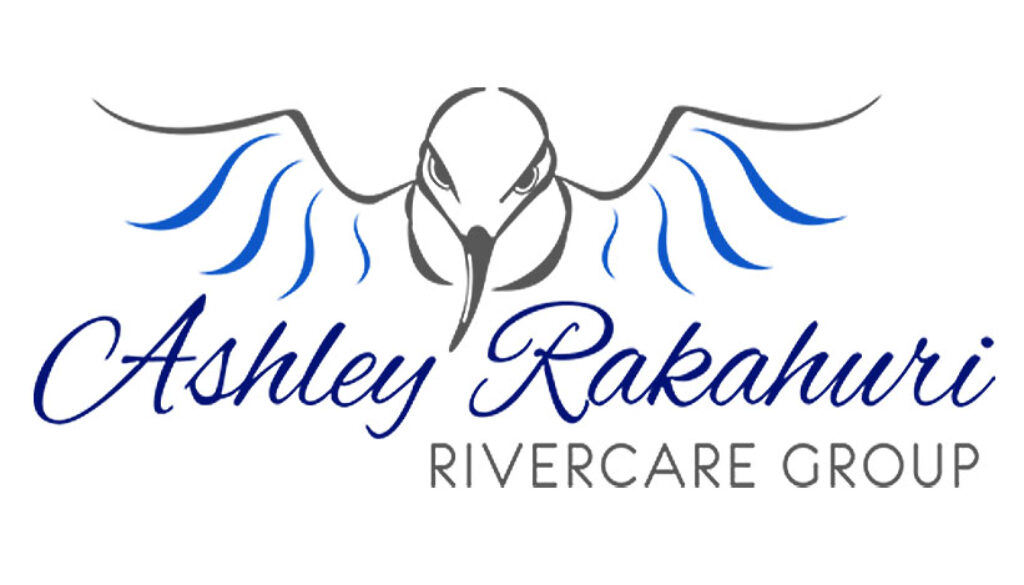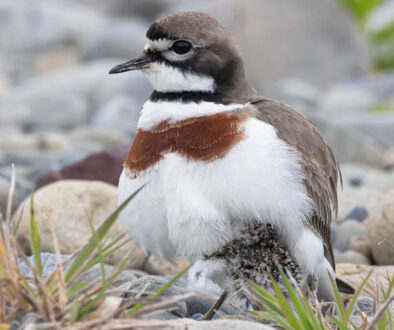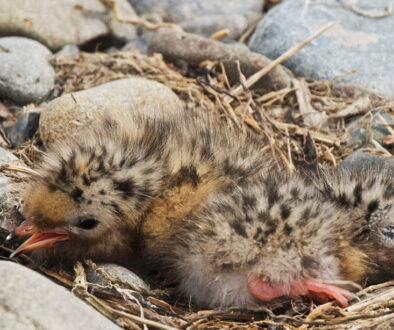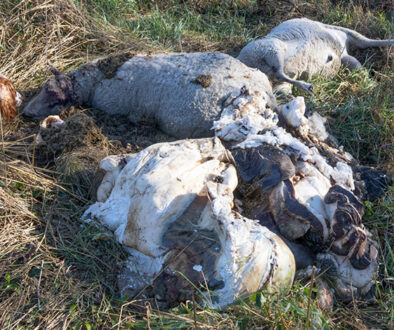AGM: Outgoing Chair Report
by Nick Ledgard, outgoing ARRG Chair
Welcome everyone to this AGM. The Ashley-Rakahuri Rivercare Group was formed in 1999, and became an Incorporated Society in 2005. My report is usually an adaptation of the summary from our annual report for the last season – in this case for 2020-21. That is contained in this document – written by myself and Grant Davey. But this year, I am going to depart from that format, as this will be my last report as Chair of this Group – after 18 years in that position.
Have we succeeded? Looking back over that time, one has to ponder over what has been achieved, and that of course has to be measured against the Group’s objective. Our mission statement is ‘To protect birds and their habitat in the Ashley Rakahuri River, while recognising essential river control works and sympathetic recreational uses’. Therefore our primary objective is to restore, or at least maintain, the indigenous bird species which breed on the river – the wrybill, black-fronted tern (BFT), black-billed gull (BBG), banded dotterel, pied stilt, and South Island pied oystercatcher – and hopefully in the future, the black stilt. In this respect, if I was an outside interviewer, my first question would be: ‘Well, after over 20 years, (with you heading the Group for 18 of those), have you succeeded?’
Monitoring. One cannot answer that question without good monitoring, and we have done a reasonable job on that score. We use two measures. One is annual population or number counts via our annual survey in mid-November, and the other is breeding success, measured by annual productivity – which is number of fledged chicks per nesting pair of birds. The ways in which we have measured these are far from perfect, but as we have done population surveys since 2001 and productivity monitoring since 2005, we can put some certainty on trends.
Population or number counts. This is what the data show us. Looks great up to 2015, but the decline since then is not attractive. The high figure in 2019 is an anomaly caused almost certainly by the Waimakariri River being in constant flood and our river acting as a refuge. We hoped it was also a sign of bird numbers returning to former levels, but the count for the following year (2020) indicates that not to be the case. So, all this graph really tells us is that we are at least maintaining bird numbers during this century. Needless to say, we sincerely hope that this year’s survey (November 20) sees a good increase in counts. But, we are only 6 weeks away from that date, and so far this season, numbers do not look encouraging. This could well be due to the record floods of late May / mid June having shaken up the core aquatic insect food supply, which is taking more time than usual to get up to speed. We will soon see.
Breeding success – productivity and chicks fledging. This is much harder to estimate, as chicks are hard to follow through to fledging. However, we have attempted to do so with wrybill, BFT and BBG since 2004. The results are as follows. Once again, they don’t appear to show a significant improvement over time – possibly because survival between egg hatching and chick fledging has not been overly threatened. However, if one compares the number of chicks fledged in the first 6 years of monitoring (2004-2009) and the last 6 (2015-2020), one finds that wrybill have increased from 3.5 to 5.9, and BBG from 75 to 394, whilst BFT have not changed much – from 16 down to 14. So, it appears that we are enabling more wrybill and gull chicks to get into the air, but not tern chicks. Probably the best take-home message of all about this is the importance of long-term monitoring – we may be the only volunteer group with such impressive records.
So, I look back over the years, and my term as chair, and reflect on not as good an outcome as I would have hoped. But I am aware of population and breeding monitoring on other braided rivers, and in comparison to those, our results generally look a lot more positive, Plus, I am an optimist, and I am sure the future will show an improvement, and that our efforts to date to have been vital in maintaining a base to attain that.
Weeds. In the first graph I held up, apart from the bird numbers, we follow the rise and fall of bare gravel area – thanks to the mapping skills of Grant. When I first saw this and the close correlation between bird numbers and gravel area, I immediately went back to Grant and asked him to check his figures. After 40 years in research, I had never seen such a close correlation between an effect and a likely cause. But it is a real one, which underlines the importance of weeds in retaining bird numbers on braided rivers. Hence, I see the control of weeds as our greatest challenge in the future if we are to attain our mission statement. The record floods of May/June have swept the riverbed as clear as I have ever seen it. But by Christmas there will be a green tinge to most of it, and if nothing is done (coupled with the likely absence of another record flood), we will be back to the autumn 2017 weed infested situation within a few years. Needless to say, we are thinking hard how to make use of the unique weed control opportunity which the floods have presented us. And we cannot just sit around and discuss it – any cost-effective solution will have to be applied within a year, while the weeds are small, starting after February once the birds have finished their breeding season.
Predator control. This is by far the biggest single activity undertaken by the Group. At present we have 236 traps alongside the river, maintained by 18 volunteer trappers, while around the estuary we have another 129 traps maintained by 8 trappers. This gives a grand total of 365 traps and 26 trappers checking them every few weeks – a very impressive effort. Once again we have to ask – has this been successful? According to our records, we have caught 3353 predators since 2004, and without doubt have saved 100s of birds from gruesome ends. If one looks at trap-catch over time (numbers caught per 100 trap-nights), we averaged 1.3 predators trapped annually for our first 6 years (2004-2009), whereas for the last 6 years (2015-2020) the figure is around 0.5. This is comforting, but once again the long-term picture appears to be one of maintenance of what we would like to say are ‘low’ numbers, rather than one of a steady decline towards elimination. Hopefully this will change for the better soon, as last week we met with a contractor who is going to write a plan for almost doubling our trap numbers alongside the river (paid for by ECan).
River management. As most of you will know, we have had cause to contest how the river has been managed in the past – with too much emphasis on flood control at the expense of environmental values. A braided river must always have room to move. Plus we have also not been happy with the some of the results arising from commercial gravel extraction. Grant has led that discussion with ECan, and I am confident that we are seeing light at the end of the tunnel.
Awareness / education. I consider that we have been very successful in improving awareness at the public, education and institutional decision-making level. Most people are now aware of the birds on the river and how we are assisting their improved well-being and long-term survival. This is due to multiple awareness activities – our website and Facebook postings, displays, media and magazine articles, interviews, talks and Ppt presentations to councils, schools and community / interest groups. In this annual report we list 45 promotional activities undertaken in the last year.
So, I look back over the last 20 years with a degree of satisfaction relative to achieving our mission, plus many happy memories of the process followed to achieve that.
Thanks. Last but never least, I conclude with thanks to all members of the Group for the work they have put in over my time. There are far too many to name individually. But there are some I must mention: Joan Miles for her work as Secretary, Sue Mardon for her excellent work as Treasurer; and in the trapping arena, Peter Whitehead and Geoff Swailes and the impressive volunteer trapping team. Then there is Grant Davey with his mapping and record-keeping skills. Any volunteer group can only utilise the skills that are present within their membership, and Grant has significantly enabled us to look far more professional than we actually are. When I started in the early years of this century, the words ‘social media’ were little used, but they are absolutely vital in holding one’s own today. So thanks to Sonny Whitelaw and Steve Attwood for looking after our website and Facebook outlets. Then there is our one-and-only sponsor, Karikaas Dairy Products Ltd. Most importantly ongoing thanks are always due to ECan and their Regional Park staff, the Waimakariri DC and DOC. We might be the body which makes passionate pleas on behalf of the public, but without their professional support it would be very hard to make meaningful progress.




